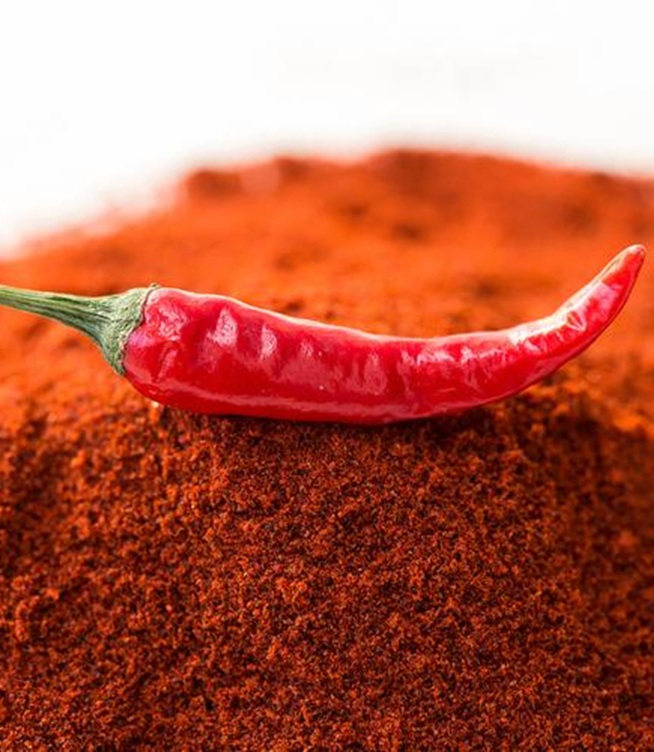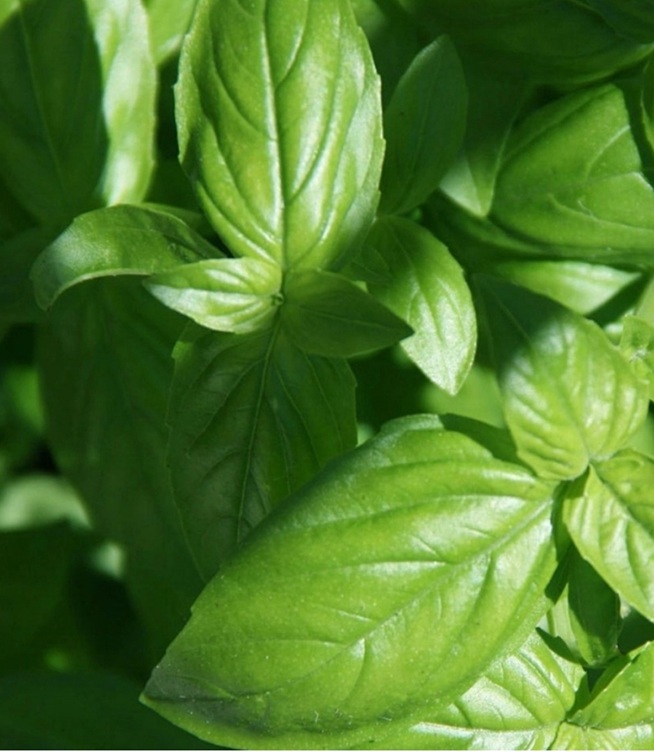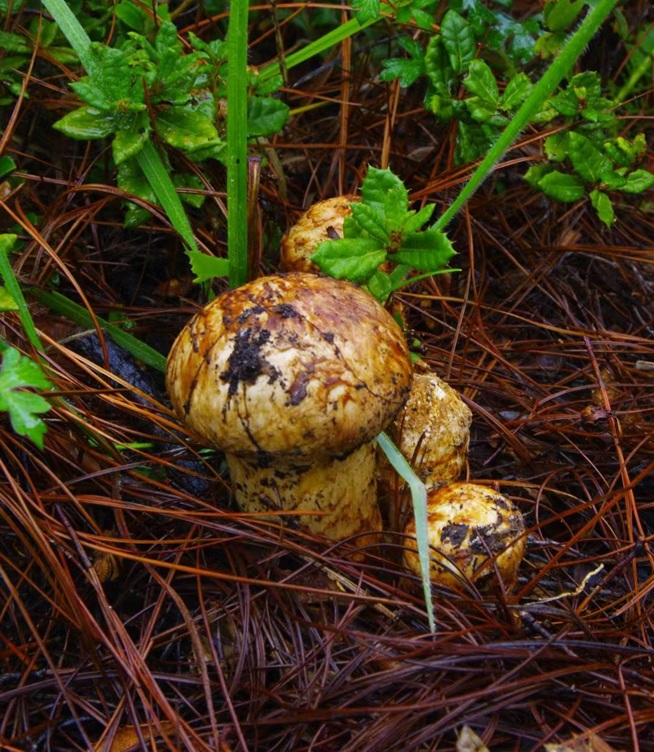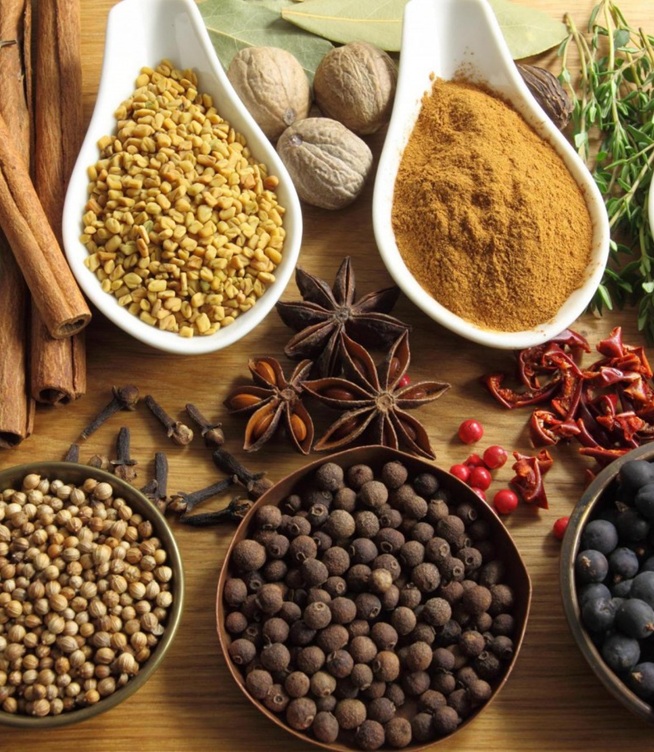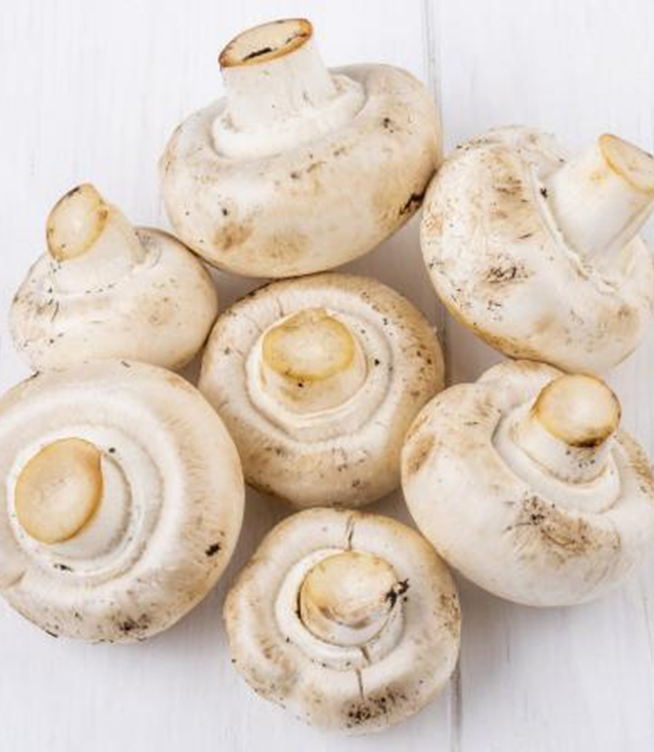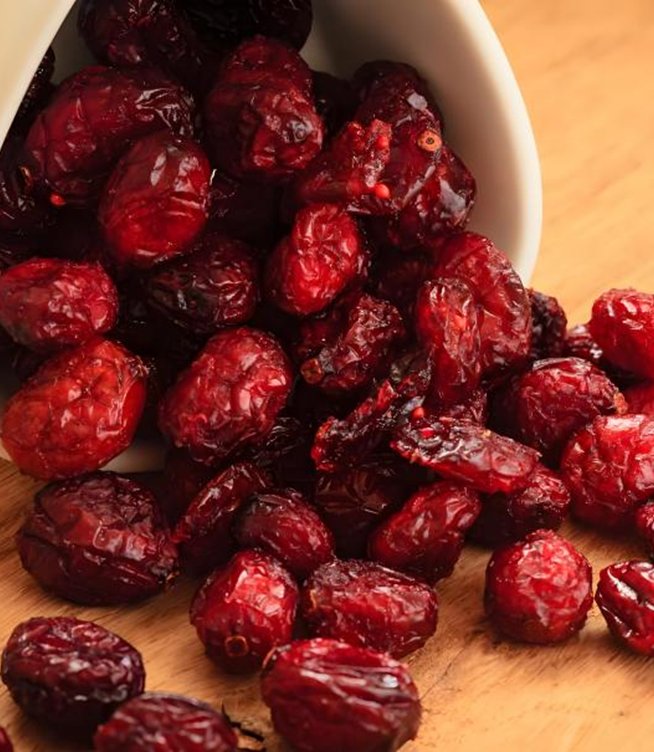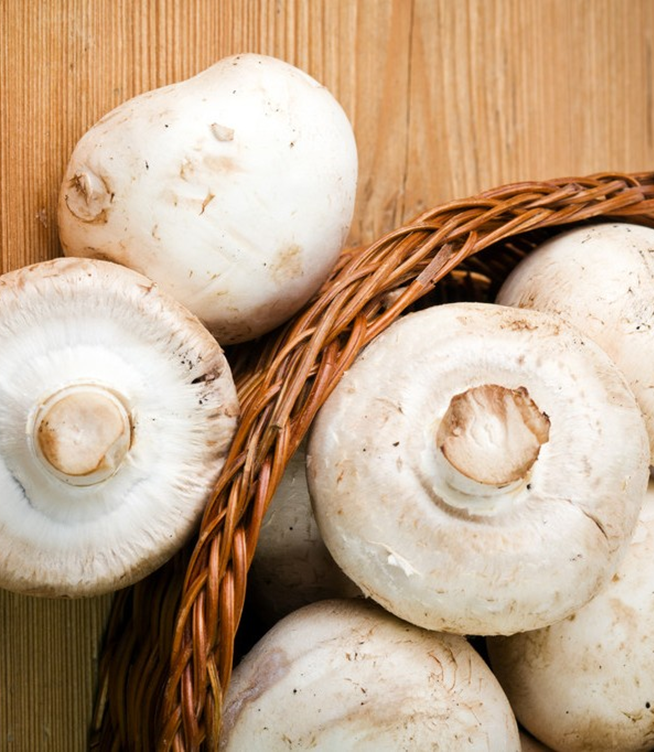Global Dried Mushroom Market Trends and Forecast Through 2025
The global Dried Mushroom market is experiencing unprecedented growth. Once regarded as a specialty food with limited global reach, dried mushrooms are now in high demand across health-conscious, convenience-driven, and sustainability-focused markets. According to recent industry reports, the market is projected to reach $5–6 billion by 2025, with a compound annual growth rate (CAGR) between 7% and 9%.
Why Dried Mushrooms Are in High Demand Worldwide
The rising demand for bulk dried mushrooms and functional mushroom ingredients is strongly tied to consumer interest in natural health and wellness products. Dried mushrooms are not only rich in umami flavor but also packed with essential nutrients—B vitamins, selenium, fiber, and unique antioxidants such as ergothioneine. This aligns perfectly with the booming superfood and nutraceutical trends.
At the same time, vegan and vegetarian diets are influencing how consumers and food manufacturers approach ingredient sourcing. Dried mushrooms offer a meat-like texture and deep flavor that makes them an ideal substitute in soups, sauces, and plant-based meat alternatives. Their long shelf life, light weight, and minimal storage requirements also make them highly attractive for global trade and online retail.
The influence of e-commerce growth is particularly pronounced. As more B2B and B2C buyers shop for food ingredients online, shelf-stable and lightweight products like dried mushrooms are being prioritized. This shift benefits global suppliers and exporters, who can now reach international markets more efficiently.
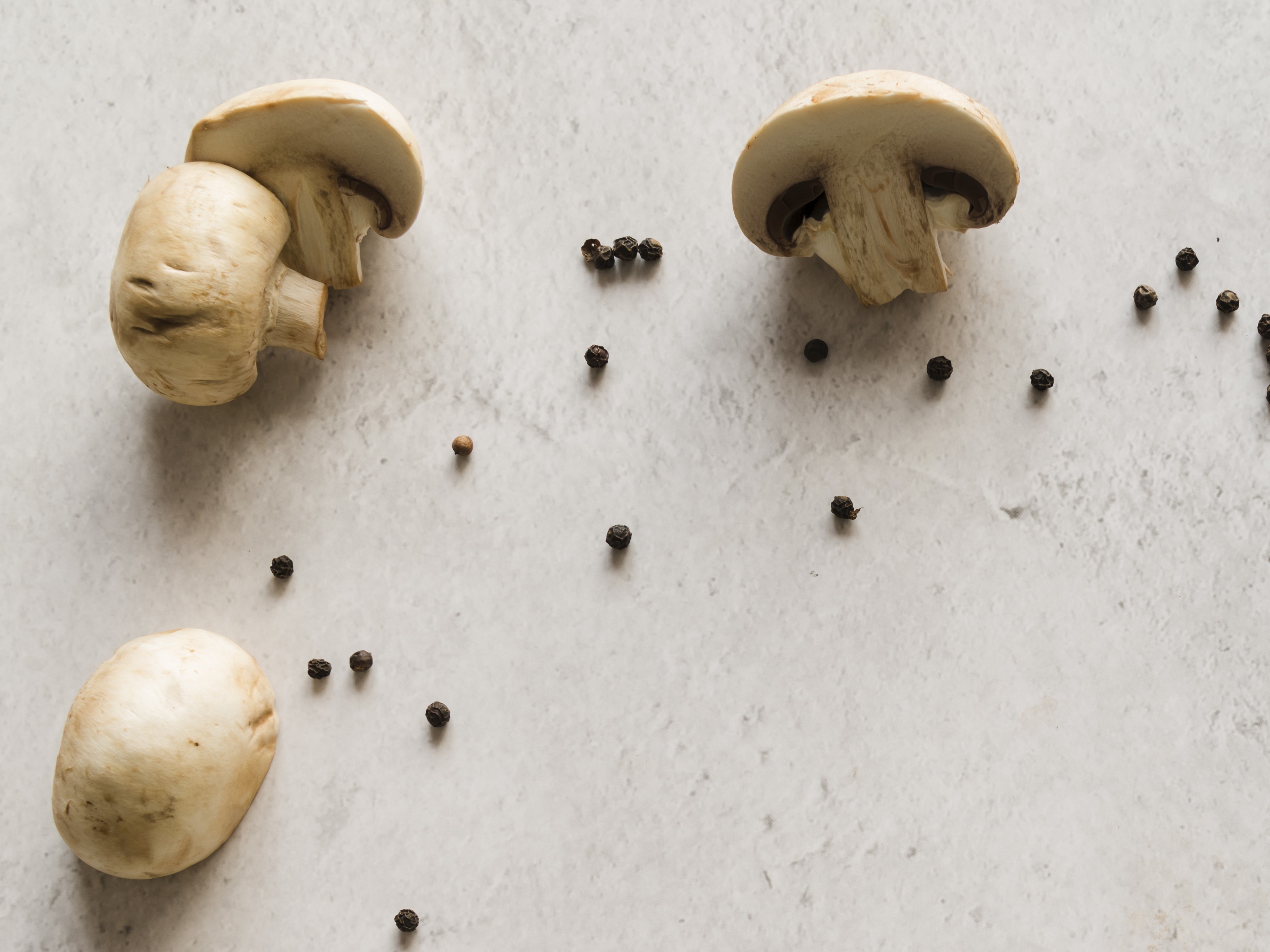
Where Dried Mushrooms Are Thriving
Asia-Pacific continues to dominate the global dried mushroom consumption, accounting for over 40% of the market share. Traditional cuisines in China, Japan, South Korea, and Southeast Asia rely heavily on dried mushrooms such as shiitake, wood ear, and enoki. The region is also home to major mushroom farms and drying facilities, making it a hub for bulk production and export.
In North America and Europe, demand is growing rapidly—driven by health-conscious consumers, the gourmet food movement, and interest in functional ingredients. Here, dried porcini, chanterelles, and morels are popular in upscale kitchens, while reishi and lion’s mane are gaining traction in the wellness and supplement sectors.
Emerging regions like Latin America, the Middle East, and Africa are starting to show growth as urbanization, disposable incomes, and global food awareness expand. Education campaigns and improved product availability will help unlock these underdeveloped markets.
What Types of Dried Mushrooms Are in Demand
The dried mushroom industry includes both cultivated and wild varieties. Leading the market are popular species like shiitake, known for their nutritional value and widespread culinary use. Porcini mushrooms are favored for their earthy, intense flavor in European dishes, while morels and chanterelles remain premium options, primarily found in high-end foodservice and gourmet retail.
In terms of application, the market is segmented into three major categories: culinary, industrial food processing, and nutraceuticals. Culinary use remains dominant, accounting for over 60% of dried mushroom consumption, but nutraceutical applications—especially reishi and cordyceps for immune and cognitive support—are expanding rapidly.
Food processors also rely on dried mushrooms in seasoning powders, instant meals, soups, and ready-to-cook products. Their concentrated flavor and aroma make them a versatile ingredient across product lines.
Challenges Facing the Dried Mushroom Industry
While the growth outlook is promising, the industry does face challenges. Supply chain volatility—caused by climate variability, inconsistent harvests, and seasonal dependency—can disrupt production, particularly for wild mushrooms.
Price volatility is also a concern. Cultivated varieties generally maintain stable pricing, but wild-harvested mushrooms like morels and chanterelles can vary significantly in cost depending on harvest conditions and market demand.
Regulatory challenges are increasing as dried mushrooms enter global markets. Compliance with food safety regulations (FDA, EU standards), pesticide residue testing, and organic certifications are now essential, especially for B2B exports and private label distribution. Meeting these requirements demands investment in processing infrastructure, testing, and documentation.
Growth Opportunities in the Dried Mushroom Business
Despite the hurdles, the dried mushroom sector offers many untapped opportunities. Innovation in product formats is helping brands appeal to younger consumers and new markets. Flavored dried mushroom snacks, instant cooking packs, and even freeze-dried mushroom powders for beverages are growing in popularity.
There is also a clear move toward sustainable and eco-friendly sourcing. With over 90% of the market supply coming from cultivated mushrooms, companies are focusing on renewable energy, water recycling, and low-impact packaging. These steps not only appeal to environmentally conscious consumers but also help meet ESG and CSR goals for institutional buyers.
Another major opportunity lies in market education. In regions where dried mushrooms are not part of traditional cuisine, awareness campaigns, food demos, and recipe development are critical to building long-term demand. Businesses that invest in culinary education and cross-cultural marketing are likely to reap rewards in new B2B and retail segments.
Who’s Leading the Way in the Global Dried Mushroom Market
The global dried mushroom market includes large-scale players, mid-sized exporters, and specialized OEM suppliers. Companies such as Monterey Mushrooms, Costa Group, and Weikfield Foods are major players with a broad product portfolio. In China, regional leaders like shundi foods offer extensive OEM capabilities, custom processing, and food safety certifications for global export.
Innovative startups are entering the space with mushroom-based meat alternatives, RTD mushroom drinks, and high-end mushroom snacks. These companies are especially strong in online marketing, product branding, and packaging—areas where traditional suppliers often fall short.
Private label solutions and contract manufacturing remain key business models, especially for wholesalers and retailers looking to introduce their own line of dried mushroom products.
Technology Is Shaping the Future of Mushroom Processing
The role of technology in dried mushroom production is becoming more prominent. Advanced drying methods such as freeze-drying and vacuum dehydration now allow producers to retain more nutrients and flavor while extending shelf life.
Meanwhile, smart farming and IoT-enabled greenhouses are improving yield efficiency and environmental monitoring. In the supply chain, technologies like blockchain and predictive inventory tools are supporting traceability, reducing waste, and increasing responsiveness to demand fluctuations. These innovations are particularly attractive to buyers in the EU and North America who prioritize clean-label and traceable ingredients.
Forecast for 2025: What Buyers and Suppliers Can Expect
Looking ahead to 2025, all signs point to continued expansion in both traditional and new markets. Asia-Pacific will remain a production and consumption leader, but North America and Europe will likely see the fastest growth in value, driven by demand for organic, non-GMO, and premium-quality dried mushrooms.
Consumer trends toward clean-label, plant-based, and functional foods are not going away. Businesses that align with these preferences and invest in transparent sourcing, innovation, and global distribution are poised for sustained success.
Seizing the Opportunity in Dried Mushrooms
For ingredient buyers, food manufacturers, and global suppliers, the dried mushroom industry offers a compelling combination of growth, versatility, and value. With projections nearing $6 billion by 2025, now is the time to secure sourcing relationships, explore new markets, and invest in value-added product development.
At ShunDi Foods, we are proud to serve as a trusted OEM supplier to global clients, offering a wide range of freeze-dried and air-dried mushrooms, from shiitake and oyster to custom blends and powders. Our farms and production lines are BRC, HALAL, and KOSHER certified, ensuring quality and safety from farm to final product.


